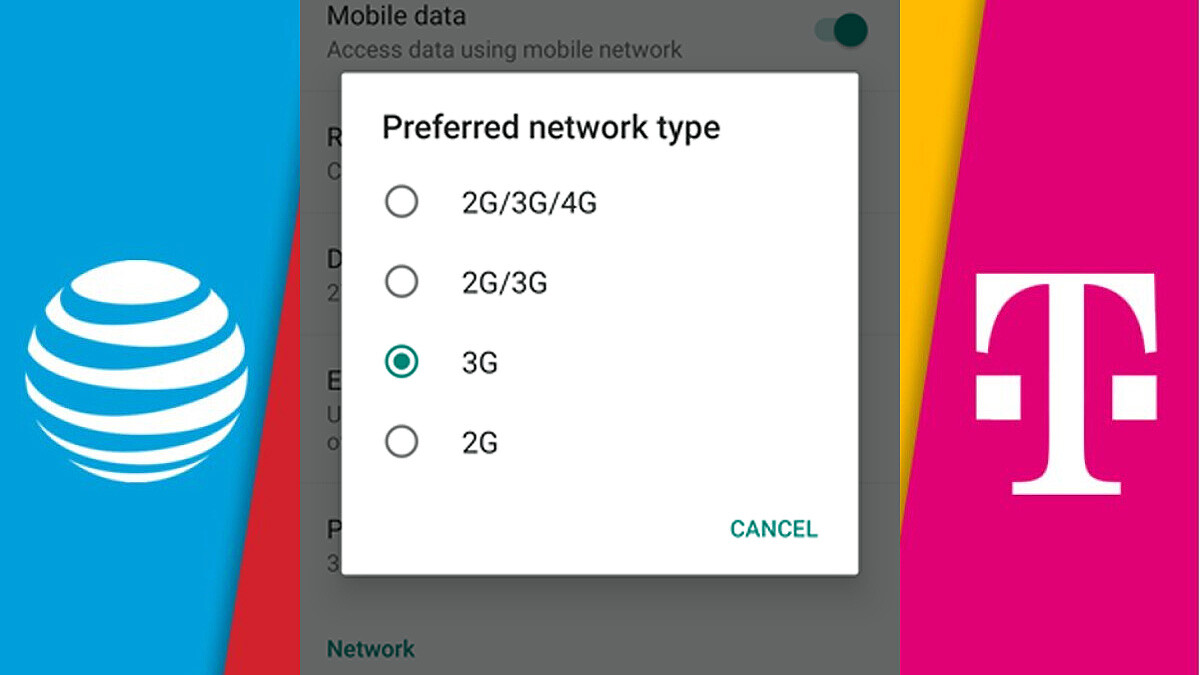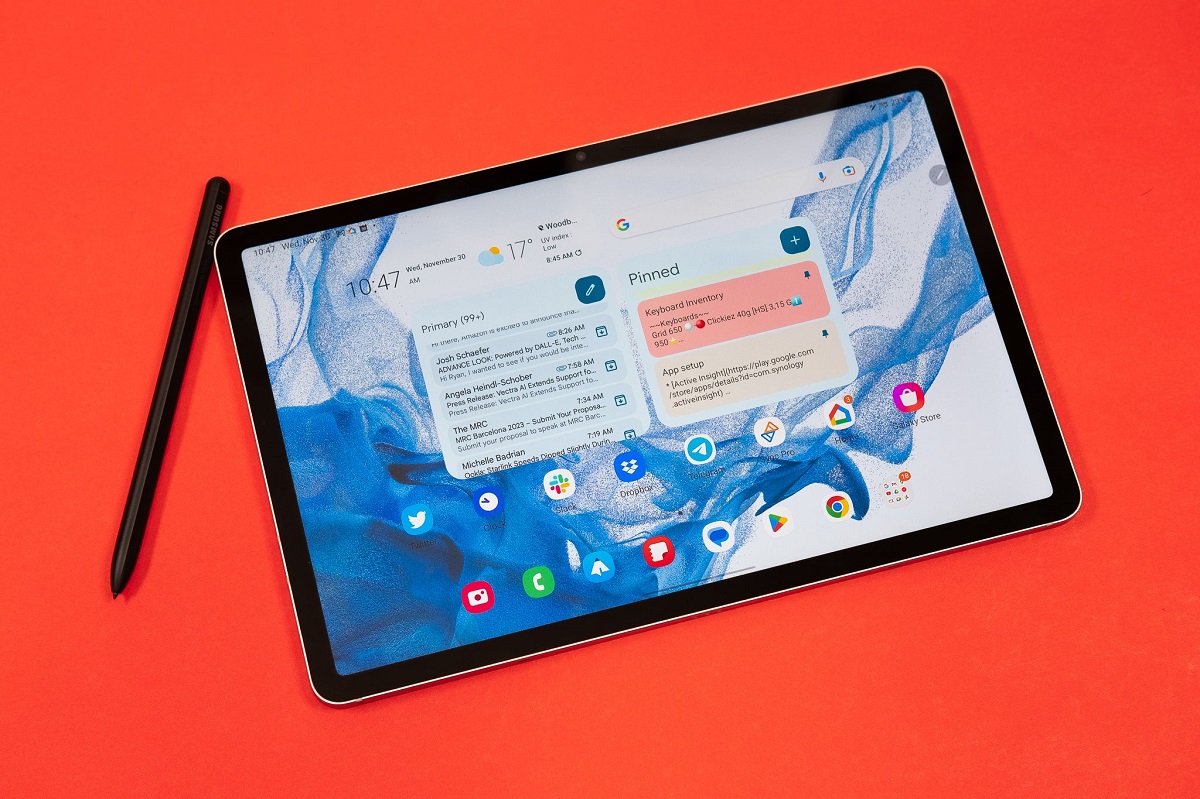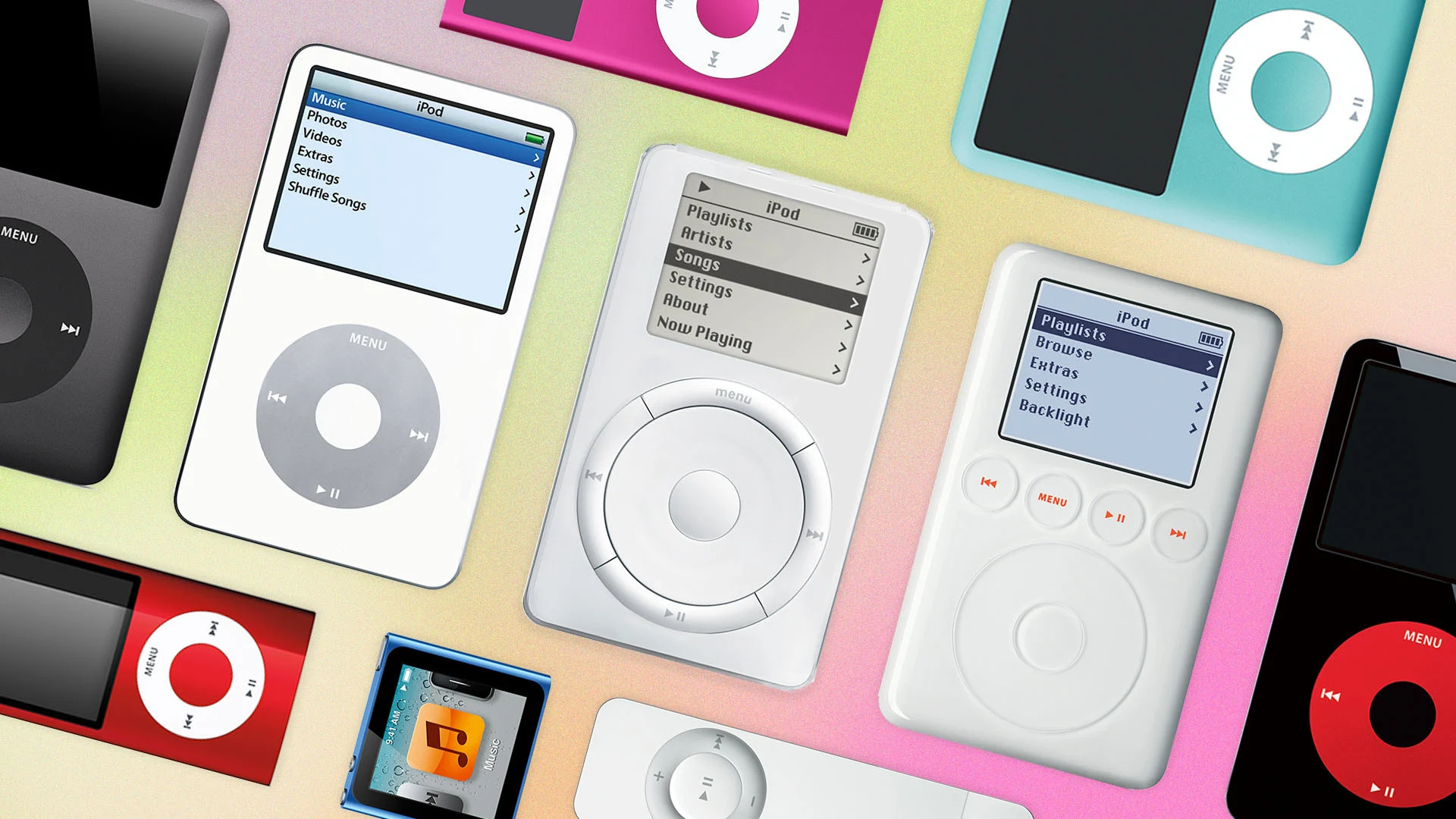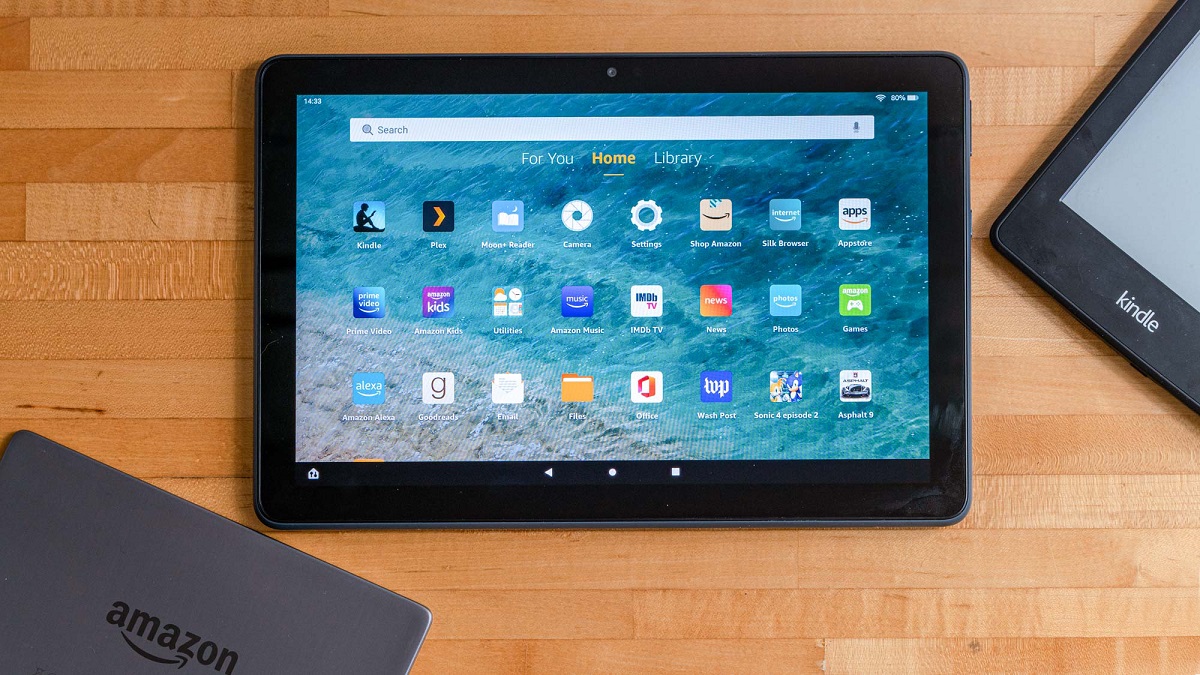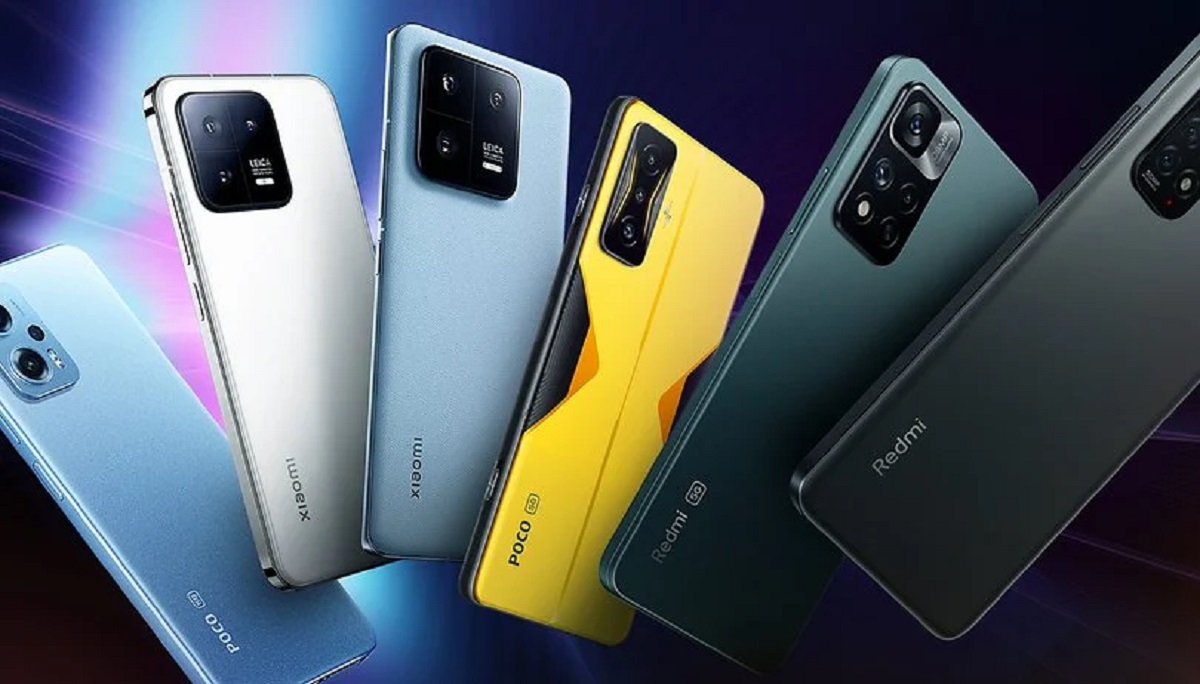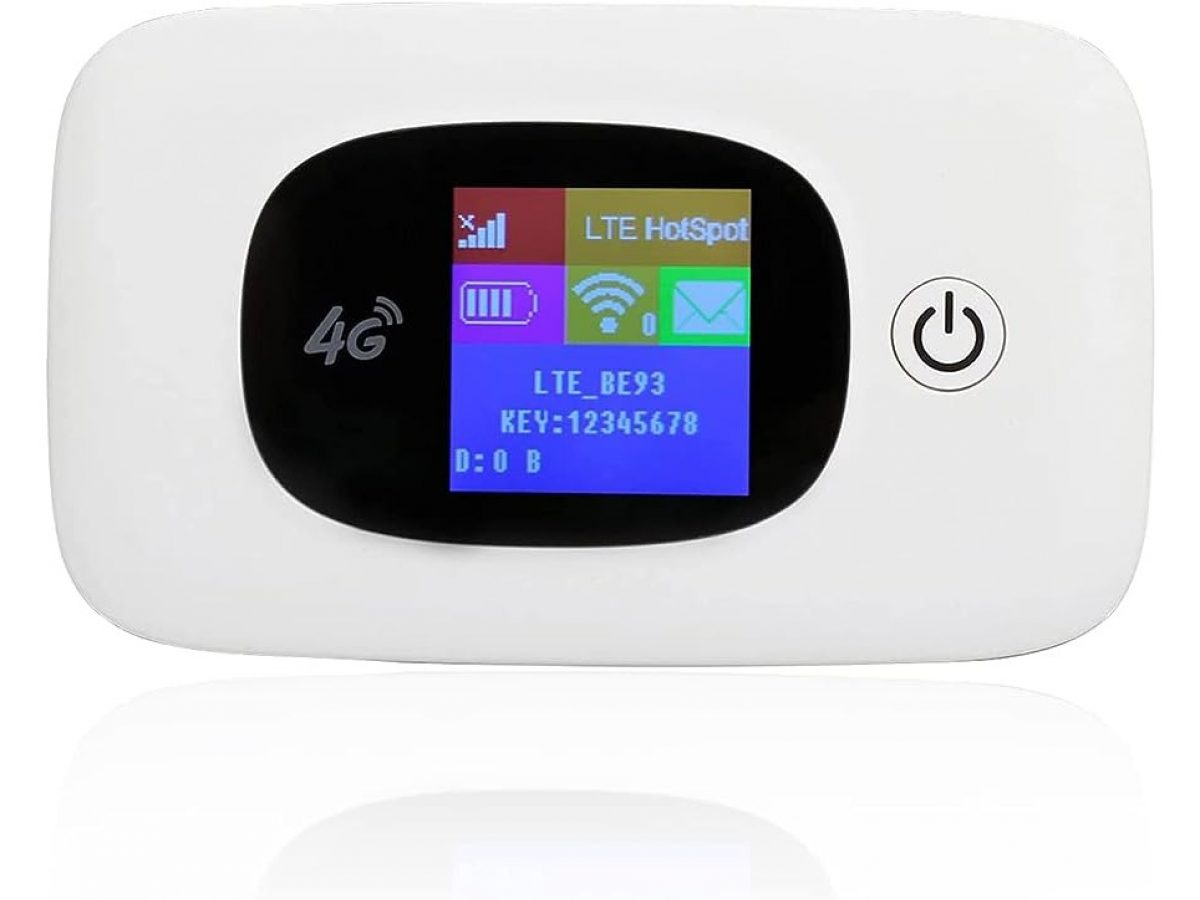Introduction
As technology continues to advance, tablets have become an essential device for many people. Whether for work or leisure, tablets offer convenience and versatility in a portable form. One important feature to consider when purchasing a tablet is its connectivity options, such as 3G. But what exactly does 3G mean and why is it relevant for tablets?
3G stands for “third generation” and refers to the third generation of mobile telecommunications technology. This technology provides faster data transfer rates compared to its predecessor, 2G, allowing for a more seamless and responsive online experience. In the context of tablets, having 3G capabilities means that the device can connect to the internet using a cellular network, much like a smartphone.
Having 3G on a tablet opens up a world of opportunities for users. It enables them to access the internet while on the go, even in areas where Wi-Fi may not be available. This connectivity option allows users to stay connected, browse the web, check emails, stream videos, and even make video calls without relying solely on Wi-Fi networks.
Choosing a tablet with 3G capabilities depends on several factors. If you often find yourself outside the range of Wi-Fi networks or need to have reliable internet access while traveling, a tablet with 3G can be a valuable asset. Additionally, having 3G can serve as a backup option when Wi-Fi networks are unreliable or not accessible.
Understanding how 3G works on a tablet is essential to make the most of this feature. When a tablet is equipped with 3G, it has a built-in cellular modem that allows it to connect to the internet through a mobile network. This means that the tablet uses a SIM card to establish a connection, similar to how a smartphone operates.
Using data on a 3G tablet comes with important considerations. While 3G provides internet access, it is important to keep in mind that data usage is subject to mobile carrier plans and charges. Therefore, it is important to monitor data usage to avoid unexpected fees. It is also important to note that 3G data speeds may be slower than Wi-Fi connection speeds in some cases.
In this article, we will explore the world of 3G on tablets in more detail. We will discuss the benefits of having 3G capabilities on a tablet, provide insights on choosing a tablet with 3G, explain how 3G works, and touch on common questions and concerns related to using 3G on a tablet. So, let’s dive in and discover the advantages and possibilities that 3G can bring to your tablet experience.
What is 3G?
Before delving into the benefits and implications of having 3G on a tablet, it’s important to understand what 3G actually is. 3G stands for “third generation,” and it refers to the third iteration of mobile telecommunications technology. It represents a significant advancement from its predecessor, 2G, in terms of data transfer speeds and capabilities.
With 3G technology, mobile networks are able to provide faster data transfer rates, allowing for more efficient internet browsing, multimedia streaming, and communication. This technology revolutionized the way people interact with their mobile devices, as it opened up a whole new world of possibilities and functionalities.
Compared to 2G, which primarily focused on voice communication and basic text messaging, 3G introduced high-speed data transmission, making it possible to access the internet and use various online services directly on mobile devices. This breakthrough paved the way for the development of numerous mobile applications and enhanced user experiences.
3G technology operates on different frequency bands, depending on the specific country and mobile network provider. These frequency bands allow for the transmission and reception of data signals between the mobile device and the cellular network. This seamless connection enables users to stay connected, browse websites, and access online content with relative ease.
One of the key benefits of 3G technology is its ability to handle multimedia content. With faster data transfer rates, users can stream high-quality videos, download large files, and engage in video calls without significant lag or buffering. This capability has transformed the way people consume media on their mobile devices, allowing for an immersive and seamless digital experience.
Furthermore, 3G technology brought advancements in mobile messaging services. It introduced features like multimedia messaging service (MMS), which enabled users to send pictures, videos, and audio files via text messages. This enriched messaging experience revolutionized the way people communicate and share content with each other.
Overall, 3G technology has played a crucial role in shaping the mobile landscape and how we interact with our devices. It has paved the way for the development of more advanced technologies, such as 4G and 5G, which continue to push the boundaries of mobile connectivity and usher in new possibilities for communication, entertainment, and productivity.
Benefits of 3G on a Tablet
Having 3G capabilities on a tablet offers a range of benefits and advantages for users who are constantly on the move or require reliable internet access. Let’s explore some of the key benefits of having 3G on a tablet:
- Internet Access Anywhere: One of the most significant benefits of 3G on a tablet is the ability to connect to the internet from anywhere with cellular coverage. This means you can stay connected even when Wi-Fi networks are not available, such as during your commute or while traveling.
- Greater Accessibility: Having 3G on a tablet allows you to access online content, resources, and services with ease. Whether you need to check your emails on the go, browse the web for research purposes, or stream videos during a long journey, 3G provides the convenience of always being connected.
- Reliable Connectivity: In areas where Wi-Fi signals may be weak or unreliable, a tablet with 3G can serve as a reliable backup option. This ensures that you can stay connected and continue to be productive or entertained without interruption.
- Flexibility and Portability: A tablet with 3G gives you the flexibility to use the device in a variety of settings. Whether you’re at a coffee shop, in a park, or on a train, you can rely on your tablet’s cellular connection to access the internet without relying on external Wi-Fi networks.
- Emergency Connectivity: Having 3G on a tablet can be a lifesaver in emergency situations where immediate internet access is required. You can quickly communicate with others, access information, or seek assistance, even if there are no Wi-Fi networks nearby.
These benefits highlight the convenience and versatility that 3G brings to a tablet. It ensures that you are not limited by the availability of Wi-Fi networks and allows you to make the most of your tablet device wherever you are. Whether for work or leisure, 3G connectivity on a tablet enhances your overall experience and keeps you connected to the digital world.
Choosing a Tablet with 3G
When selecting a tablet with 3G capabilities, there are several factors to consider to ensure you choose a device that suits your needs. Here are some key points to keep in mind:
- Network Compatibility: Before purchasing a tablet, it’s important to ensure that the device is compatible with the mobile network provider you plan to use. Different tablets may support different frequency bands, so it’s essential to check with your carrier to determine if the tablet you’re interested in is compatible with their 3G network.
- Tablet Cost: Tablets with 3G capabilities may be slightly more expensive than Wi-Fi-only models. Consider your budget and determine if the added cost of 3G connectivity is worth the benefits and convenience it provides.
- Data Plans: When using 3G on a tablet, you will need a data plan from a mobile network provider. Research the available data plans and consider factors such as data limits, speeds, and pricing to find a plan that fits your usage requirements and budget.
- Battery Life: 3G connectivity can consume more power compared to Wi-Fi. Check the tablet’s battery life and ensure that it can support consistent, reliable usage when connected to a 3G network.
- Storage Capacity: Assess your storage needs, especially if you plan to use data-intensive applications or download large files while connected to 3G. Consider a tablet with ample built-in storage or expandable storage options to accommodate your requirements.
- Tablet Features and Specifications: Look beyond 3G connectivity and consider the overall features and specifications of the tablet. Assess factors such as processing power, display quality, camera capabilities, and additional features that are important to you.
- User Reviews: Before making a final decision, read user reviews and ratings to gain insights into the tablet’s performance and reliability. This can provide valuable information and help you make an informed decision.
By considering these factors, you can find a tablet with 3G capabilities that aligns with your needs and preferences. It’s important to thoroughly research and compare different options to ensure you select a tablet that provides a seamless and enjoyable 3G experience.
How Does 3G Work on a Tablet?
Understanding how 3G technology works on a tablet is key to maximizing its benefits and functionalities. When a tablet is equipped with 3G capabilities, it has a built-in cellular modem that allows it to connect to the internet through a mobile network.
The process of connecting to a 3G network on a tablet involves a few key steps:
- Inserting a SIM Card: To connect to a 3G network, you will need to insert a compatible SIM card into your tablet. The SIM card contains information that uniquely identifies your device to the mobile network.
- Establishing a 3G Connection: Once the SIM card is inserted, the tablet will search for available mobile networks in the area. It will then establish a connection with the mobile network provider’s 3G network.
- Data Transmission and Reception: With the 3G connection established, the tablet can now send and receive data through the cellular network. This allows you to access the internet, send and receive emails, browse websites, use online applications, and more.
- Signal Strength and Coverage: The quality of your 3G connection depends on the signal strength and coverage of the mobile network. In areas with a stronger signal, you can expect faster and more reliable internet speeds.
- Handover Between Networks: In situations where the tablet moves between different areas or networks, a process called handover occurs. This process ensures that your tablet seamlessly switches from one network to another without interrupting your internet connection.
It’s important to note that the speed and performance of a 3G connection on a tablet may vary depending on factors such as network congestion, signal strength, and the capabilities of the tablet itself. While 3G provides internet access on the go, it’s worth mentioning that data speeds may be slower compared to Wi-Fi connections in some cases.
In recent years, newer generations of mobile telecommunications technology, such as 4G and 5G, have emerged and offer even faster data transfer rates and improved network capabilities. However, 3G still remains widely used and serves as a reliable connectivity option for tablets in many regions.
Keeping in mind how 3G works on a tablet can help you make the most of this functionality. It allows you to stay connected, access online content, and enjoy the convenience of an always-on, mobile internet connection.
Using Data on a 3G Tablet
Using data on a 3G tablet involves being mindful of your data usage and understanding the implications of using a cellular network for internet connectivity. Here are some important considerations when using data on a 3G tablet:
- Data Plans and Usage: When using 3G on a tablet, you will need a data plan from a mobile network provider. These plans typically include a specific amount of data that you can use within a given time period. It’s important to be aware of your data limit and monitor your usage to avoid exceeding it and incurring additional charges.
- Streaming and Downloading: Streaming videos, downloading large files, or using data-intensive applications can consume a significant amount of data. Be mindful of your data usage when engaging in data-heavy activities and consider connecting to Wi-Fi whenever possible for more cost-effective and faster internet access.
- Background Data Usage: Some apps and services on your tablet may consume data even when you’re not actively using them. Check your device’s settings and disable background data usage for unnecessary apps to conserve data and prevent surprise data depletion.
- Wi-Fi Offloading: When Wi-Fi is available, consider connecting to Wi-Fi networks as they usually offer faster speeds and do not consume data from your cellular plan. This can help minimize data usage on your 3G tablet and provide a more seamless online experience.
- Data Speeds: While 3G provides internet access, it’s important to note that data speeds may be slower compared to Wi-Fi connections. This can affect activities such as streaming videos in high definition or downloading large files. Adjust your expectations and optimize your usage accordingly.
- Data Monitoring Tools: Many mobile network providers offer data monitoring tools or apps that allow you to track your data usage in real-time. Take advantage of these tools to stay informed and avoid exceeding your data limit.
Being mindful of your data usage and following these tips can help you make the most of your 3G data plan on your tablet. By understanding how data is consumed, you can avoid unexpected charges and enjoy a seamless and uninterrupted online experience.
It’s also worth noting that as technology advances, mobile network providers continue to roll out faster network technologies, such as 4G and 5G. These newer generations offer even faster data speeds and improved connectivity. However, 3G remains a reliable and widely available option for tablets in many regions.
Common Questions About 3G on a Tablet
When it comes to 3G on a tablet, there are common questions that arise. Let’s address some of these frequently asked questions:
- 1. What’s the difference between 3G and Wi-Fi on a tablet?
3G on a tablet allows you to connect to the internet using a cellular network, while Wi-Fi relies on a wireless local area network (LAN). 3G provides internet access on the go, whereas Wi-Fi requires a Wi-Fi network for connectivity. - 2. Can I use a 3G tablet without a data plan?
While you can use a 3G tablet without a data plan, you will not be able to access the internet when not connected to Wi-Fi. 3G requires a data plan from a mobile network provider for cellular internet connectivity. - 3. Can I make phone calls with a 3G tablet?
Most tablets with 3G capabilities do not support traditional phone calls, as they lack the necessary hardware. However, you can use various online communication applications, such as VoIP or video calling apps, to make calls over the internet. - 4. Is 3G connectivity available worldwide?
3G connectivity is widely available in many countries, but it’s essential to confirm network compatibility when traveling internationally. Different regions may operate on different frequency bands, which could affect your 3G connectivity. - 5. Can I upgrade a 3G tablet to 4G or 5G?
Unfortunately, you cannot upgrade a 3G tablet to support 4G or 5G connectivity. To enjoy the benefits of higher-generation networks, you would need to purchase a tablet that supports the desired technology. - 6. Do I need a separate SIM card for a 3G tablet?
Yes, a 3G tablet requires a SIM card for cellular connectivity. The SIM card is inserted into the tablet and contains the necessary information to connect to the mobile network provider’s 3G network. - 7. Can I use a 3G tablet without a SIM card?
Some 3G tablets can function without a SIM card, but their internet connectivity will be limited to Wi-Fi networks only. Without a SIM card, you won’t have access to cellular data on the tablet.
These common questions address some of the key concerns and inquiries individuals may have about 3G connectivity on a tablet. By understanding these aspects, you can make informed decisions and fully utilize the functionalities offered by a 3G tablet.
Conclusion
In conclusion, 3G on a tablet opens up a world of possibilities by providing mobile internet connectivity on the go. Whether you need to access the internet, check emails, stream videos, or make video calls, having 3G capabilities on your tablet ensures that you are always connected.
We explored what 3G is and how it works on a tablet, highlighting the benefits of having 3G connectivity. The ability to access the internet anywhere, even where Wi-Fi is unavailable, along with reliable connectivity, flexibility, and emergency connectivity are some of the advantages that 3G brings to your tablet experience.
When choosing a tablet with 3G, it is important to consider factors such as network compatibility, cost, data plans, battery life, storage capacity, and user reviews. These factors will help you find a tablet that aligns with your needs and provides a seamless 3G experience.
Using data on a 3G tablet requires being mindful of your data usage, taking note of data limits, utilizing Wi-Fi offloading, and monitoring background data usage. By understanding and managing your data usage, you can avoid unexpected charges and make the most of your 3G data plan.
We also addressed common questions about 3G on a tablet, providing clarity on topics such as the difference between 3G and Wi-Fi, phone call capabilities, international availability, SIM card requirements, and possibilities for upgrading to higher-generation networks.
Overall, 3G on a tablet brings convenience, accessibility, and reliability to your digital experience. Whether for work or leisure, having 3G capabilities ensures that you can stay connected and make the most of your tablet device, no matter where you are.







